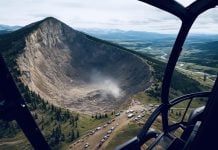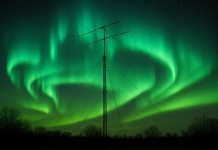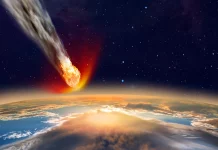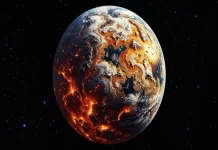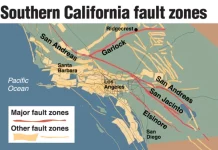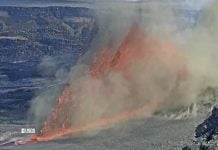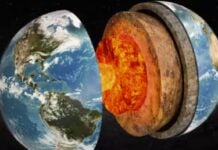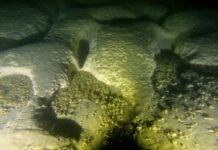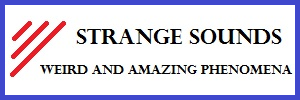Updated on: · By Strange Sounds · Source: Umeå University (PNAS, 2025)
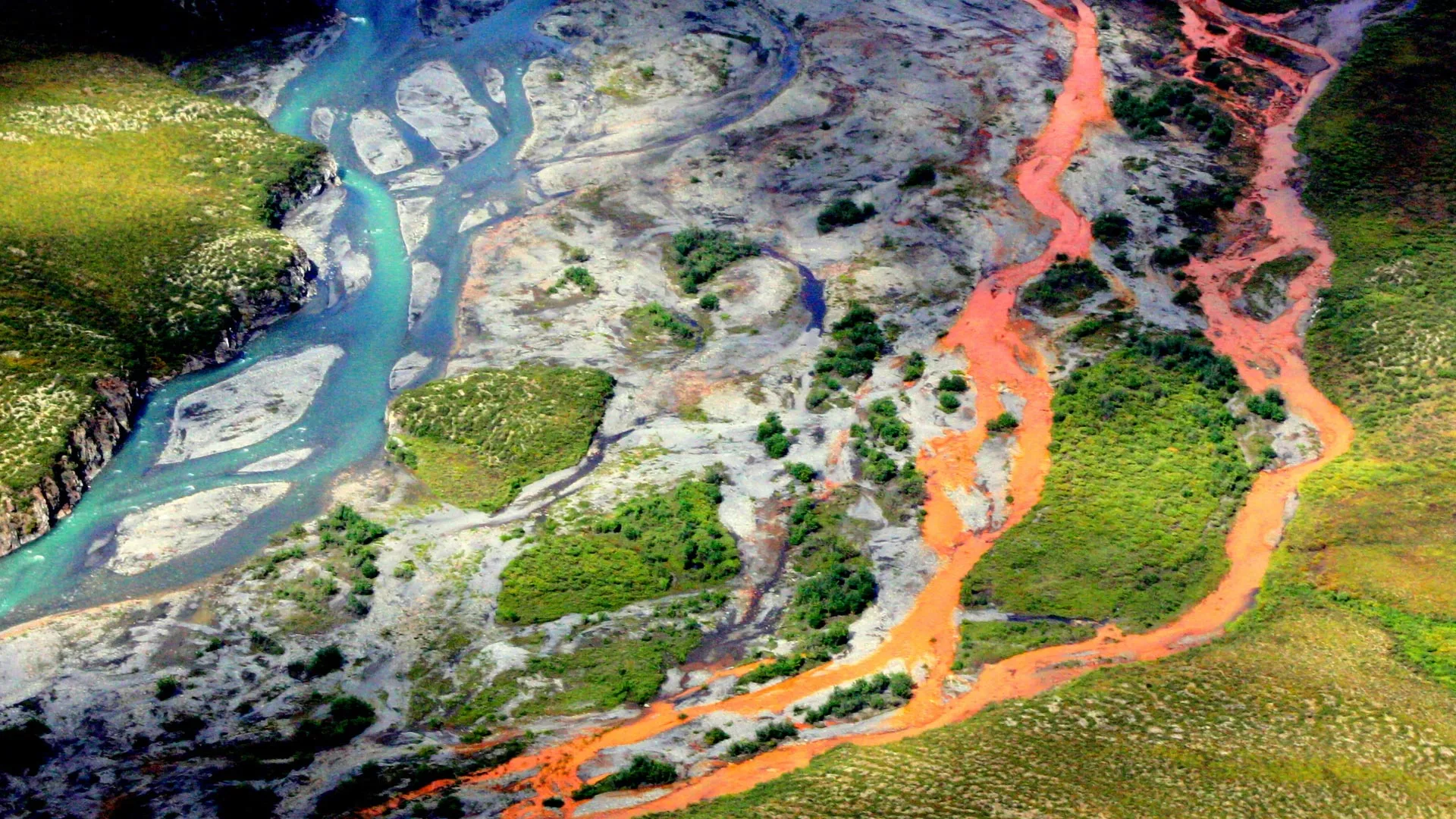
Jump to: What’s new in the science · Why the water turns orange · How ice fuels hidden chemistry · The freeze–thaw amplifier · Role of salinity · Impacts on ecosystems & people · FAQs · References
What’s new in the science
Researchers at Umeå University report that ice at around −10 °C can release more iron from minerals than liquid water at +4 °C. That flips the common belief that freezing slows chemistry. In lab tests on goethite (a widespread iron oxyhydroxide) mixed with a natural organic acid, the team found stronger dissolution during freezing and even at temperatures as low as −30 °C. The work appears in PNAS (2025).
Why Arctic waters are turning orange
As permafrost thaws and soils destabilize, iron-rich minerals meet oxygenated waters. The newly documented ice-accelerated dissolution adds to this, pushing dissolved iron into streams. When that iron oxidizes, it forms rust-colored precipitates, tinting rivers and wetlands an eerie orange. Field reports from Alaska’s Brooks Range (e.g., the Kutuk River) show exactly this transformation.
How ice fuels hidden chemistry
- Micro-reactors in ice: As water freezes, tiny pockets of liquid get trapped between ice crystals. Solutes crowd into these pockets, creating highly concentrated, acidic brines.
- Acid boost: The acidity in these pockets promotes iron release from minerals like goethite—faster than in comparable liquid water.
- Organics matter: Naturally occurring organic acids (from plants/soils) help complex and mobilize iron, further enhancing dissolution.
The freeze–thaw amplifier
Each freeze–thaw cycle resets the chemistry—concentrating solutes on freeze, liberating them on thaw, and exposing fresh mineral surfaces. As climate change increases the frequency and range of these cycles in polar and alpine regions, the net iron flux to rivers is likely to rise.
Fresh vs. salty: the role of salinity
Salinity changes the game. The study found fresh and brackish water conditions enhance ice-driven dissolution, while seawater can suppress it. That means inland and near-coastal Arctic waters are especially at risk of iron release as landscapes freeze, thaw, and refreeze.
What this means for ecosystems & people
- Water quality: Elevated iron can clog gravel beds, reduce water clarity, and alter pH/redox conditions. Other metals (e.g., zinc, copper) may also mobilize in acidic pulses.
- Biology: Changes in oxygen, light, and habitat can stress fish and invertebrates; biofilms may flourish on iron flocs.
- Infrastructure & aesthetics: Orange staining on sediments, culverts, and shorelines; potential treatment challenges for small communities.
- Carbon & nutrient cycles: Iron interacts with phosphorus and dissolved organic carbon, potentially shifting food webs.
Related Reads
FAQs — Rusty Arctic Rivers
Is the orange color dangerous?
Iron at typical environmental levels mainly affects appearance and habitat structure. However, co-mobilized metals and acidity spikes can stress aquatic life and complicate drinking-water treatment in some settings.
Why now?
Warming climate = more freeze–thaw cycles and permafrost thaw, which together mobilize iron and expose fresh mineral surfaces.
Does saltwater stop it?
According to the study, seawater can suppress the ice-driven dissolution mechanism. Fresh and brackish conditions enhance it.
Where might this happen next?
Anywhere with acidic frozen environments and iron minerals plus organics: Arctic/sub-Arctic watersheds, alpine zones, acid sulfate soils, even frozen atmospheric dust.
References & Further Reading
- Umeå University (2025). “Ice as a kinetic and mechanistic driver of oxalate-promoted iron oxyhydroxide dissolution.” PNAS, 122(35). DOI: 10.1073/pnas.2507588122.
- National Park Service photo reference: Rust-colored waters observed in Gates of the Arctic National Park (Kutuk River, Alaska).
Get Involved
- 📩 Seen orange-stained streams or lakes? Tell us where, when, and share photos or water reports.
- 📰 Subscribe to our newsletter… You will love it?
- 👍 Follow Us on Facebook · X // Twitter
❤️ Support Strange Sounds
We cover the world’s weirdest audio and strangest phenomena — from sky trumpets to The Hum to Water Changing Colors.
StrangeSounds.org stays independent thanks to readers like you. If you find value in our work, consider fueling the mission:
💙 Donate via PayPal
🔥 Give through Donorbox
Every contribution keeps Strange Sounds alive, weird, and free. Thank you! 🌍


